Expansion of E-commerce and Logistics
The expansion of e-commerce and logistics services is significantly influencing the Anti-Corrosion Bag Market. As online shopping continues to grow, the need for effective packaging solutions that protect products during transit becomes increasingly critical. Anti-corrosion bags are particularly valuable for shipping sensitive items that may be susceptible to corrosion, such as electronics and machinery parts. The logistics sector is projected to grow at a robust pace, with estimates indicating a potential increase in demand for anti-corrosion solutions by over 6% in the coming years. This trend highlights the importance of protective packaging in ensuring product integrity and customer satisfaction. As e-commerce platforms expand their reach, the anti-corrosion bag segment is likely to benefit from the heightened focus on quality and reliability in packaging.
Increased Investment in Infrastructure
Investment in infrastructure development is a significant driver for the Anti-Corrosion Bag Market. Governments and private entities are allocating substantial resources towards building and maintaining infrastructure, including bridges, roads, and pipelines. These projects often require materials that are resistant to corrosion, leading to a heightened demand for anti-corrosion solutions. The market is expected to grow as infrastructure projects expand, with estimates suggesting that the anti-corrosion bag segment could capture a larger share of the protective packaging market. The emphasis on durability and longevity in infrastructure materials aligns with the capabilities of anti-corrosion bags, which offer a reliable solution for protecting components from environmental factors. This trend underscores the importance of investing in quality materials to ensure the longevity of infrastructure assets.
Technological Innovations in Packaging
Technological advancements in packaging materials are reshaping the Anti-Corrosion Bag Market. Innovations such as the development of multi-layered films and the incorporation of corrosion inhibitors into packaging materials enhance the effectiveness of anti-corrosion bags. These advancements not only improve the protective qualities of the bags but also contribute to their lightweight and cost-effective nature. As industries seek to optimize their supply chains, the demand for advanced packaging solutions is likely to rise. The integration of smart technologies, such as sensors that monitor environmental conditions, may further propel the market forward. This evolution in packaging technology suggests a promising future for the anti-corrosion bag segment, as companies increasingly prioritize efficiency and protection in their logistics operations.
Rising Demand from Manufacturing Sector
The manufacturing sector is experiencing a notable increase in demand for anti-corrosion bags, driven by the need to protect sensitive components during storage and transportation. As industries such as automotive, aerospace, and electronics expand, the requirement for effective corrosion protection solutions becomes paramount. The Anti-Corrosion Bag Market is projected to witness a compound annual growth rate (CAGR) of approximately 5% over the next five years, reflecting the growing awareness of the detrimental effects of corrosion on product integrity. Manufacturers are increasingly adopting anti-corrosion bags to mitigate risks associated with environmental exposure, thereby enhancing product longevity and reducing costs associated with damage. This trend indicates a shift towards more sustainable practices within the manufacturing sector, as companies seek to minimize waste and improve operational efficiency.
Growing Awareness of Environmental Impact
There is a growing awareness regarding the environmental impact of corrosion and the need for sustainable solutions within the Anti-Corrosion Bag Market. As industries face increasing pressure to adopt eco-friendly practices, the demand for biodegradable and recyclable anti-corrosion bags is likely to rise. Companies are recognizing that traditional packaging materials may contribute to environmental degradation, prompting a shift towards more sustainable alternatives. This trend is supported by regulatory frameworks that encourage the use of environmentally friendly materials. The anti-corrosion bag segment is expected to adapt to these changes, potentially leading to the development of innovative products that meet both protective and environmental standards. This shift not only addresses consumer concerns but also aligns with broader sustainability goals across various sectors.


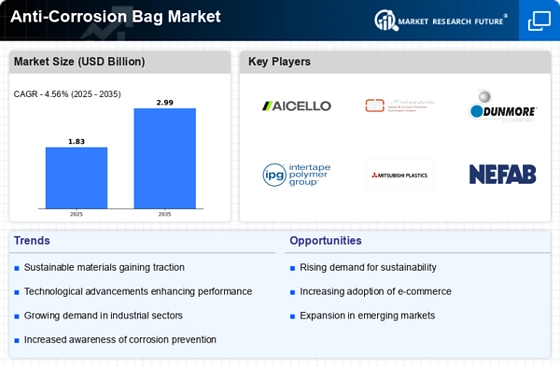
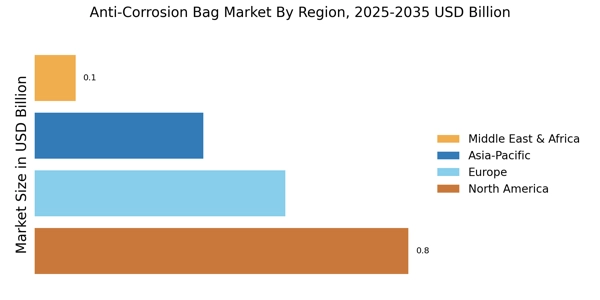
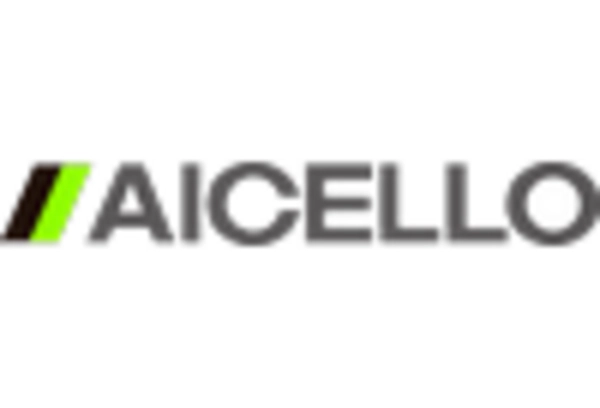
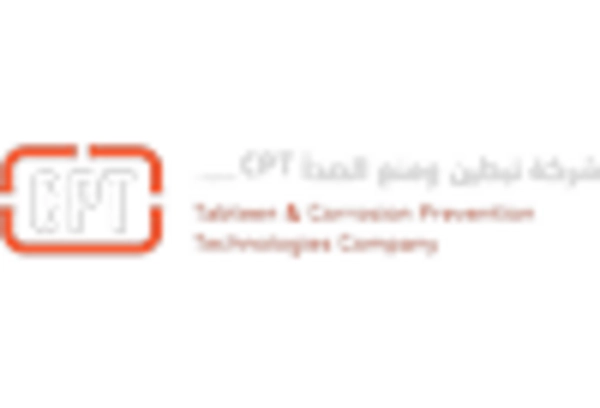
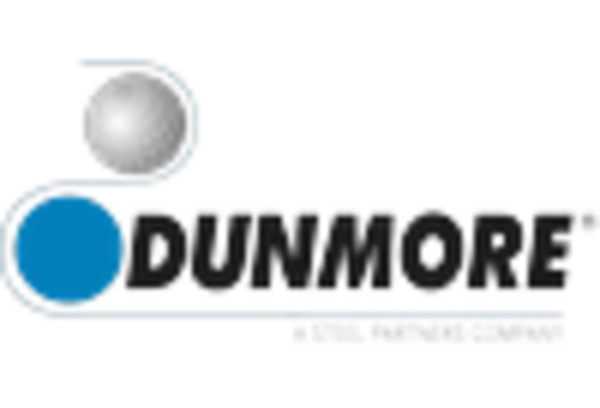
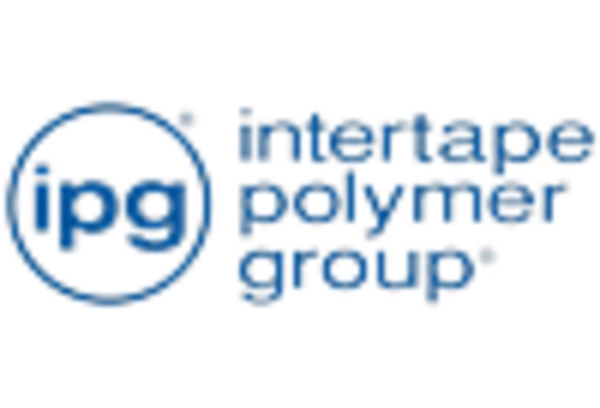
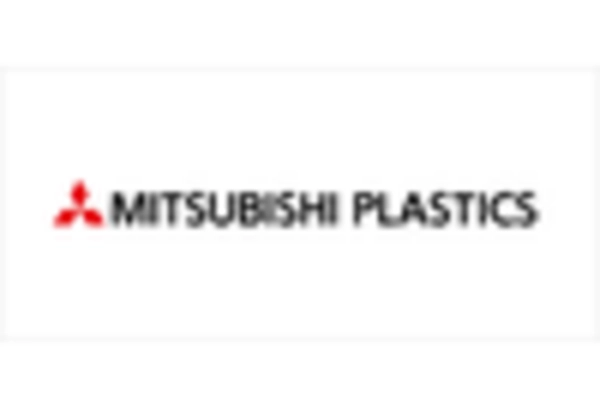
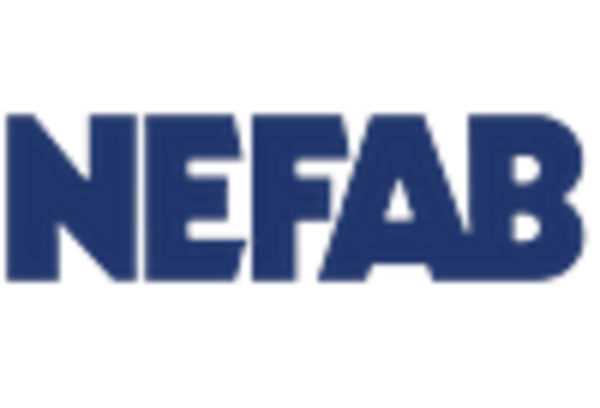








Leave a Comment